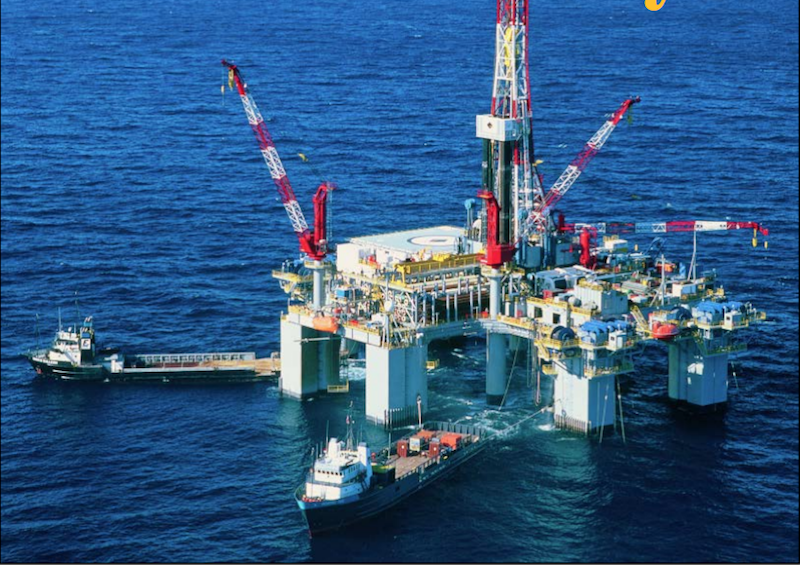On Sunday, Diamond Offshore Drilling filed for bankruptcy protection, hoping to restructure and strengthen its balance sheet. With a fleet of 15 floating rigs (11 semisubmersibles and four drillships), Diamond Offshore is an important player and has a long and colorful history. That history mirrors the industry’s boom and bust journey from the ‘70s through the ‘90s.
The company’s roots date to 1953 when Alden J. “Doc” Laborde founded Ocean Drilling and Exploration Co. (ODECO) in New Orleans. A decade later, in Texas, Donald McMahon, a rancher and businessman, took control of a bankrupt small onshore driller at the request of its debtors. McMahon renamed it Diamond M Drilling Co. after his ranch. In 1970, Diamond M went public and expanded into the offshore market by purchasing rigs as the oil boom grew. In 1977, Diamond M was a takeover target of Western Company of North America, an oil services provider. Kaneb Services Inc. foiled that attempt by purchasing Diamond M, only to suffer with it through the 1980s oil bust.
In the late 1980s, James Tisch led his family-controlled Loews Corp.’s efforts to purchase undervalued offshore drilling assets betting on an industry recovery. In 1989, Loews purchased Diamond M’s assets from Kaneb, and in 1992, it purchased the drilling assets of ODECO from Murphy Oil, who was a founding partner in 1953. Loews sold 30% of the renamed Diamond Offshore to the public in 1995 and retained a 53% ownership until Sunday’s filing.
Diamond Offshore is likely the first of a number of drillers who will succumb to the 2020 black swans of the coronavirus pandemic and Russia-Saudi oil war. In a world with very low oil prices, the high-cost offshore E&P market will suffer lower activity and, importantly, a reduction in the earnings power of drilling rigs. Even optimistic forecasts see oil market turmoil depressing oil prices for two-to-four years, or possibly longer. Low activity and day rates make paying the interest on debt impossible, while trying to keep organizations intact.
In today’s offshore market, and given its likely future, rig values, which are supposed to reflect their income generating capability, are only a fraction of balance sheet estimates. Rig values today are below the associated debt supporting them. This imbalance will be addressed through trading the company’s equity to its debtholders in return for them cancelling the loans. Those drillers with the highest quality rigs and strongest balance sheets have the best chance of successfully navigating this restructuring process. Current shareholders, including Loews, will emerge from this process owning only a low single-digit percentage of the company. That will be a better outcome than for shareholders of weak companies where all the equity is wiped out in the restructuring.
We have entered the final stage of shareholder wealth destruction of offshore companies. This process will prove painful and demoralizing. It is necessary for the industry’s eventual recovery. Even the worst storms eventually pass and activity resumes. It can’t happen soon enough.




